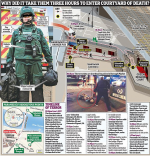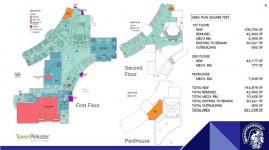FBI Behavioral Analysis Unit Guide: The School Shooter – A Quick Reference
REMEMBER
There is no one “profile” of a school shooter.
School shootings are rarely impulsive acts and are typically planned out in advance by the offender.
Prior to most school shootings, other persons (friends, peers) knew that the offender was contemplating violence.
Few attackers issue direct threats to their targets before the attack.
Common motives behind an attack include revenge, a desire for dominant control, and a hope for infamy/notoriety.
While impossible to predict violent behavior, it is possible to prevent some attacks via effective threat assessment and management strategies.
Threat Assessment – 11 Key Questions
(Safe Schools Initiative, USSS/ED, 2002)
1. What are the student’s motive(s) and goals?
2. Have there been any communications suggesting ideas or intent to attack?
3. Has the student shown inappropriate interest in school attacks, weapons, and/or mass violence?
4. Has the student engaged in any attack-related behaviors?
5. Does the student have the capacity to carry out an act of targeted violence?
6. Is the student experiencing hopelessness, desperation and/or despair?
7. Does the student have a trusting relationship with at least one responsible adult?
8. Does the student see violence as an acceptable/desirable way to solve problems?
9. Is the student’s version of events consistent with his/her actions?
10. Are other people concerned about the student’s potential for violence?
11. What circumstances might affect the likelihood of an attack?
(...)



